Today we are honored by a mostly unplayable but fun piece of cardboard. In fact, we invited it over just to represent a creature with double strike which we shall discuss in all detail in this article. You will have a chance to acquire or refresh your knowledge on every aspect of combat behavior of creatures with first or double strike, and of all things that can happen during such combat.
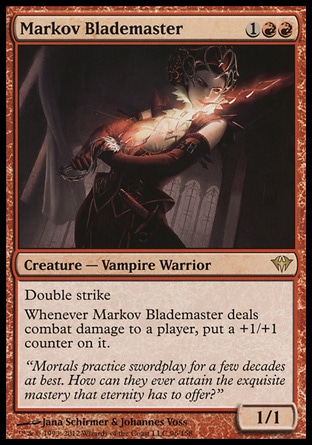
Oracle Text:
Creature — Vampire Warrior
Double strike
Whenever Markov Blademaster deals combat damage to a player, put a +1/+1 counter on it.
Before we set to practice first and double strikes, let us take a look at our visitor.
Her second ability is triggered. We have already faced such an ability when we inspected Fiend of the Shadows.
In this case it matters that the damage is combat damage dealt to a player (a Planeswalker is not a match!). We don't care which player takes that damage. And if multiple players take damage (remember the redirection effects?), Markov Blademaster's ability triggers that many times. I.e. it counts players that took damage, not the damage itself.
The +1/+1 counter is put on Markov Blademaster as the ability resolves. That means that if the ability gets countered or removed from the stack otherwise, the vampiric girl doesn't get any counters (Disallow).
If Markov Blademaster attacks a player and isn't blocked, then at the first combat damage step she assigns and deals one damage to the player. Her triggered ability goes off. When it resolves, she gets a +1/+1 counter.
Then during the second combat damage step, Markov Blademaster assigns and deals 2 damage. Her ability triggers again and if it resolves, yet another counter is put on her. She will have two +1/+1 counters.
That's about it. We are ready to take a look at the most important:
First Strike and Double Strike
First strike and Double strike not only influence the way damage is dealt, but also modify the turn structure. By default, the combat phase consists of five steps:
- Beginning of Combat step.
- Declare Attackers step.
- Declare Blockers step.
- Combat Damage step.
- End of Combat step.
But if a creature with First or Double strike partakes in combat, an additional step is squeezed in, and the phase looks like this:
- Beginning of Combat step.
- Declare Attackers step.
- Declare Blockers step.
- First Combat Damage step.
- Second Combat Damage step.
- End of Combat step.
In the first combat damage step only creatures with first strike and/or double strike assign and deal damage. I hope you remember that assigning and dealing damage are turn-based actions. They do not use the stack, there is no pause between those, players do not gain priority until both are performed.
After combat damage is dealt, the game state is checked, SBA are performed if necessary, then the players place the awaiting triggers on the stack. This happens in APNAP order. If one player controls multiple triggers, he or she places the triggers in the order he or she chooses.
So, the nearest point when you are able to react to a creature with first strike or double strike dealing damage is after the consequences of this damage have been processed.
But look at the bright side: after gaining priority you may cast instant spells, activate abilities and perform special actions!
When both player pass in a row while the stack is empty, the game follows to the second combat damage step.
A creature with First strike or Double strike doesn't just deal damage “first”, it deals damage in a whole different step of the combat phase.
In the second combat damage step, the only creatures that assign and deal damage are those that:
- are still in combat (doesn't matter if tapped or untapped), and either
- did not have first strike and/or double strike when the first combat damage step began, or
- currently have double strike.
After this the drill is as normal: assignt-deal damage-SBA-triggers-priority.

Melira, Sylvok Outcast attacks a player, Markov Blademaster steps up to defend. During the first combat damage step, the Blademaster deals one damage to Melira.
During the second combat damage step, Markov Blademaster assigns one damage to Melira, Melira in her turn assigns 2 damage to the Blademaster. Both creatures deal damage simultaneously and both leave the battlefield when SBA are performed.

Markov Blademaster attacks and is blocked by Fiend of the Shadows. In the first combat damage step, the warrior assigns and deals one to the wizard.
During the second combat damage step, Markov Blademaster assigns 1 to the Fiend, the Fiend in her turn assigns 3 to the Blademaster. Damage is dealt simultaneously. When SBA are performed, Markov Blademaster hits the grave, but the Fiend remains on the battlefield with 2 damage marked on her (Ref. cleanup step).

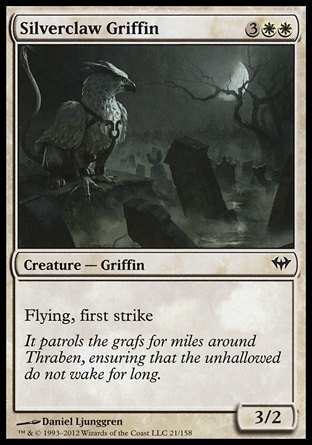
Silverclaw Griffin blocks Markov Blademaster. In the first combat damage step, the Blademaster assigns 1 to the Griffin, the Griffin also assigns 3 to the Blademaster. Damage is dealt simultaneously. When SBA are performed, Markov Blademaster travels to the graveyard.
The second combat damage step still exists, but the Griffin doesn't assign any damage (it had first strike in the first combat damage step and doesn't have double strike).
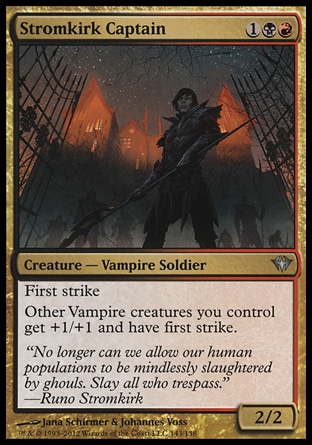
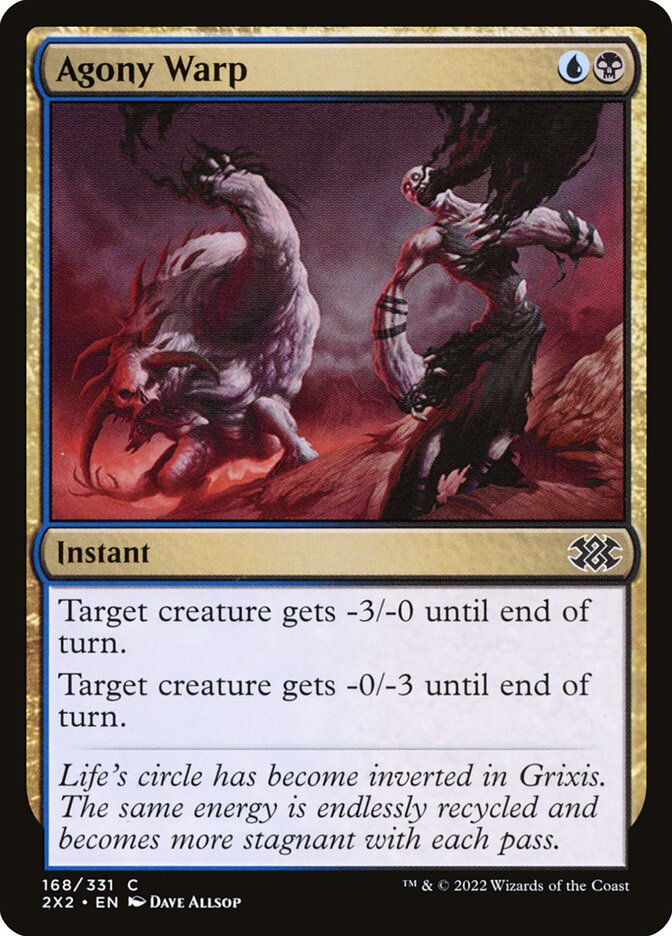

You attack with Stromkirk Captain. Before the game goes into the first combat damage step, the cunning opponent “shrinks” your Captain, say, by choosing it as the first target for Agony Warp. Since your Cap's power is negative, it doesn't deal damage at all according to the rules.
If, after damage has been dealt in the first combat damage step, you restore the Captain's power, for instance through Invigorated Rampage, that won't change anything unfortunately. Even though the Captain did not assign and deal damage in the first combat damage, he had First strike back then, and doesn't have Double strike currently.
A creature that didn't have first strike in the first combat damage step gains it after damage has been dealt while still in that step. This alone will not prevent it from assigning and dealing damage in the second combat damage step, for the creature didn't have First strike at the beginning of the first combat damage step.
A creature with First strike gains double strike after damage in the first combat damage step has been dealt. It will assign and deal damage in the second comabt damage step.

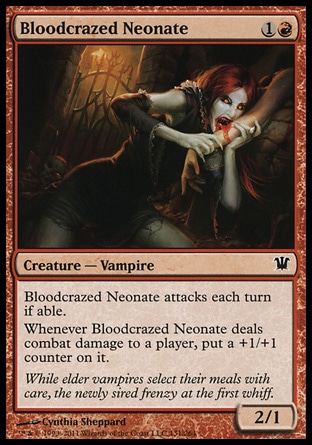
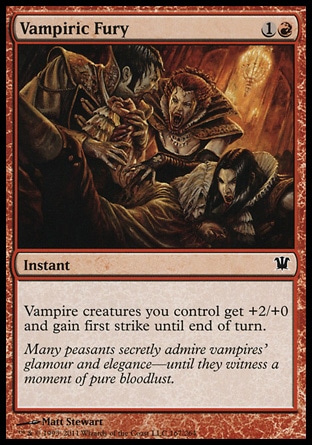
Let us send these two lasses into combat: Markov Blademaster and Bloodcrazed Neonate. Suppose the opponent doesn't block, and is entirely idle for some time.
During the first combat damage step, only Markov Blademaster assigns and deals damage. After gaining priority, to out greatest delight we notice Vampiric Fury in our hand and cast it gleefully. It resolves, and Bloodcrazed Neonate gains First strike. But since damage has already been assigned and dealt in the first combat damage step, it's far from being the beginning of it, so Bloodcrazed Neonate will not skip her damage in the second one.
Considering that Markov Blademaster gains her +1/+1 counter after the first combat damage step, this attack costs 9 life in total to our opponent.
Removing First strike from a creature after damage has been assigned and dealt in the first combat damage step does not allow it to deal damage in the second combat damage step (unless it has double strike at the beginning of that step).
Removing Double strike from a creature after damage has been assigned and dealt in the first combat damage step does not allow it to deal damage in the second one.


Markov Blademaster and Stromkirk Captain attack a player and aren't blocked. They deal damage to the player, Markov Blademaster's ability triggers and resolves, she gets a +1/+1 counter.
After this, when the defending player gets priority, he casts Turn to Frog targeting Markov Blademaster. When it resolves we have a blue 1/1 Frog creature without abilities but with a +1/+1 counter, effectively a 2/2 creature.
During the second combat damage step, Markov Blademaster does not assign combat damage since she had double strike in the first combat damage step and does not have it currently.
If the defending player turns Stromkirk Captain to frog, the Cap wil lose first strike. but this alone doesn't allow Stromkirk Captain to assign damage in the second combat damage step.
An attacking creature remains blocked even if all creatures blocking it leave the battlefield. Such creatures do not assign damage to the player or planeswalker it was attacking.

Markov Blademaster attacks a player, Snapcaster Mage valiantly stands to defend. During the first combat damage step, Markov Blademaster assigns and deals 1 to the Mage. When SBA are performed, the Mage goes to his owner's graveyard.
At the second combat damage step, Markov Blademaster is still blocked, so she does not assign damage to the defending player even though the creature blocking it is no longer present there.
The obvious exception to this is when the attacking creature has Trample.

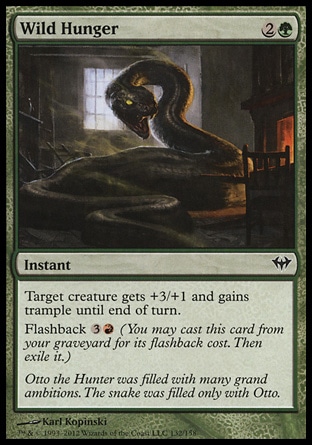
Markov Blademaster attacks a player and is blocked by Dark Confidant. While still in the Declare Blockers step, the active player treacherously casts Wild Hunger targeting Markov Blademaster. The spell resolves, and Markov Blademaster gains +3/+1 and Trample.
During the first combat damage step, Markov Blademaster assigns 1 to the Confidant and 3 to the player. Damage is dealt, Dark Confidant goes to his owner's graveyard when SBA are performed, and Markov Blademaster gets a +1/+1 counter when her own trigger resolves.
During the second combat damage step, if Markov Blademaster still has Trample, she deals 5 to the defending player! Her trigger goes off and she gets another counter!
Note that a creature with Trample that's attacking a Planeswalker cannot trample through that Planeswalker on to the player in control of it, even if the power of the creature exceeds the number of loyalty counters on the Planeswalker. The Planeswalker is, so to say, the “final object of attack”, alternatively to a player.

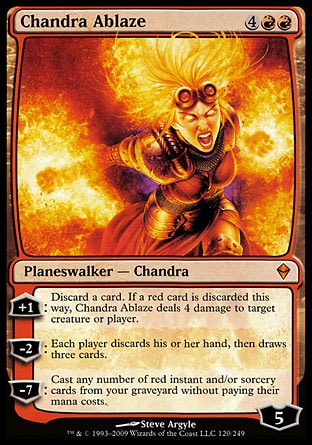

Markov Blademaster attacks Chandra Ablaze with 5 loyalty counters. During the declare blockers step, the active player casts Wild Hunger, targeting Markov Blademaster. The spell resolves, Markov Blademaster gets +3/+1 and gains Trample.
During the first combat damage step, Markov Blademaster assigns and deals 4 to Chandra Ablaze. The damage is dealt, Chandra loses 4 counters.
During the second combat damage step, the Blademaster assigns and deals all 4 to Chandra Ablaze again.
Multiple instances of First strike are redundant. Same with Double strike.
First strike doesn't provide anything new to a creature with Double strike.
Removing First strike does not influence creatures with Double strike.


While we control Markov Blademaster and Stromkirk Captain, the Blademaster has both First strike and Double strike. This doesn't change her attitude in combat in any way: she deals damage in the first combat damage step just as all other creatures with First or Double strike alone, then deals damage in the second combat damage step provided she still has Double strike.
First and Double strike are abilities that only influence the way combat damage is dealt. When creatures fight, either of them having first or double strike is irrelevant.
If you are tired of reading, here is a movie for you. It shows everything in all possible details, so it's all pretty easy to arrange in your head.
- ⇑ A card is called unplayable in slang when it is not strong enough to be played in the top constructed decks in the current metagame of a given format.
Translated by Witas Spasovski

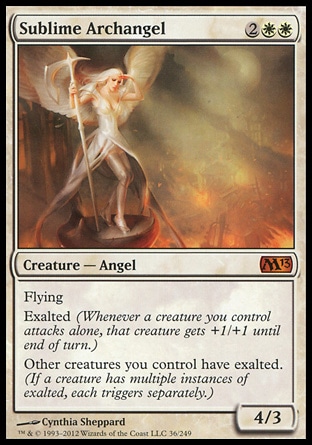
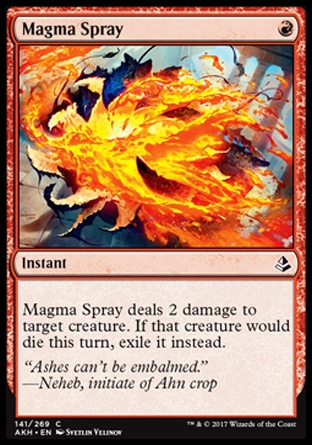
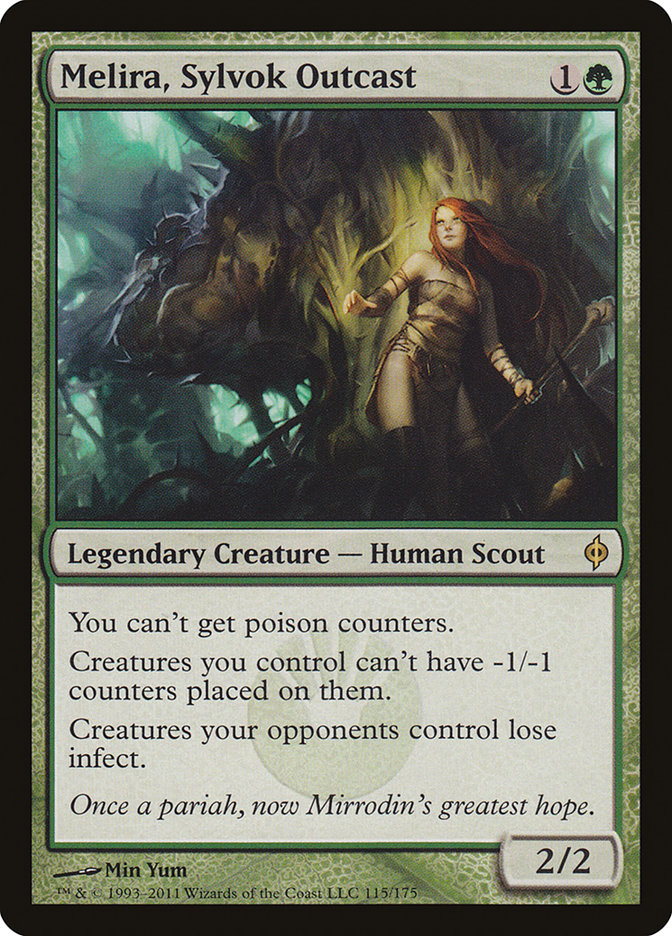
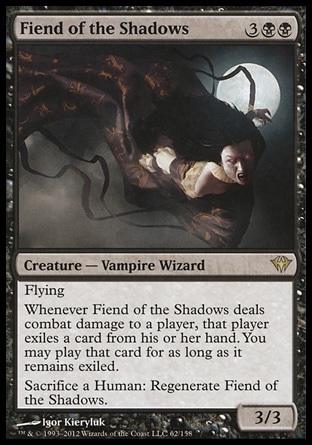
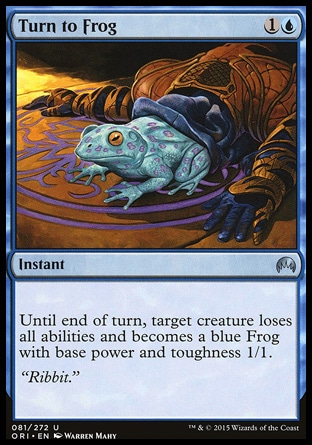
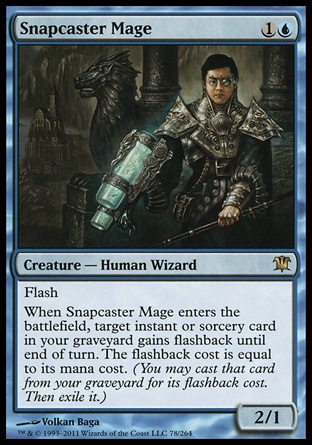

If an attacking Markov Blademaster without +1/+1 counters is blocked by Sublime Archangel, the angel takes 1 damage at the first combat damage step. Immediately after, as you gain priority, you may cast Magma Spray and finish the Angel off. After taking lethal damage it will go to exile and will not be able to deal damage during the second combat damage step.